ICT as Platform for Change
- Hannah Joy Villanueva
- May 19, 2022
- 3 min read
How social media has helped families, social workers, and the government in discerning information during calamities?
Information and Communication Technology is overcoming distance (ICT). Individuals can virtually go to different areas and connect with people with this innovative technology. People may easily send messages using a phone or a cellphone, which is their significant mode of communication.
People can connect with their families, social workers, and the government in many ways, especially now that technology allows them to do so more efficiently. People can utilize email, Facebook, Twitter, blogs, online forums, threads, virtual reality, webcasts and webinars, instant messaging, and text messaging to discern information during a disaster with only a click of a button.
Websites like Facebook and Twitter are increasingly being utilized as beneficial communication tools during natural catastrophes, according to Australian experts.
For further information kindly click the button bellow:
How Social Media helped People during a Calamity?
Earthquakes, typhoons, floods, and droughts are just a few of the natural disasters we fear may strike, disasters that are beyond our control. But how did we manage to stay alive? What made us aware of what was to come? What made folks realize we needed assistance? If you think about it, you might be one of the survivors who owe their survival to technological communication.
Social media is an interactive technology that allows people to create and share information and ideas through online groups and networks. They are websites and apps that permit users to create and share content also participate in social networking. They can be found in your cellphones, laptops, and televisions. This network of gadgets aided individuals in receiving critical information about disasters, both past, and future. PAGASA, for example, supplied information on a powerful typhoon that was heading toward a specific region.
This information will be posted on a website. Apart from that, social media will inform people globally about the aftermath of a disaster. This will motivate individuals to assist the survivors in their recovery. The Yolanda tragedy is one case to consider. Water, food, clothing, and shelter were in short supply for the survivors. Who assisted them? People all across the world did. Why do you believe they acted with such compassion? Because they have seen the diversion and the need for assistance through social media outlets.
People benefited from social media in many ways: they were able to communicate, learn about new ideas, and anticipate what was to come. The most important aspect is that it brought the entire world together to aid one another and share ideas on how to deal with nature's unstoppable powers.
The difference between past and present where information is provided by Media.
Communication with people from distant parts of the country was challenging in previous centuries. Language is one such obstacle. During the 18th and 19th centuries, communication became more straightforward. Although televisions and radios are present, there is no connection, including an antenna. People back then employed letters and mail to connect with their loved ones, such as checking on their status and ensuring that they were safe. This only helps a bit when supplying information because mails are often delayed, causing information to be late when it arrives at its destination, as it was occasionally received a week or two after it was sent.
Because of technological advancements, communication is quite easy these days. People nowadays benefit from technology in a variety of ways. Televisions give not only entertainment and amusement but also current news and information about what is going on in our country and throughout the world. Technology has advanced considerably further since the turn of the twentieth century until now. It can even predict some natural disasters, like typhoons, based on their speed, how many they can cover, and other factors similar to those used by PAGASA. People can have some information and be prepared when calamities occur. People utilize the internet to create apps that enable individuals to easily connect with their relatives, such as messenger, skype, etc.
ICT plays a big part in our lives especially when calamities hit us. We can read, watch, and listen to a lot more information because of technology. These facts may persuade us to believe something, particularly in the case of disasters that force us to act. In this changing reality, an action that has helped families, social workers, and the government survive and overcome those barriers occurred.
Thank you for taking the time to read my blog!
XOXO,
Hannah


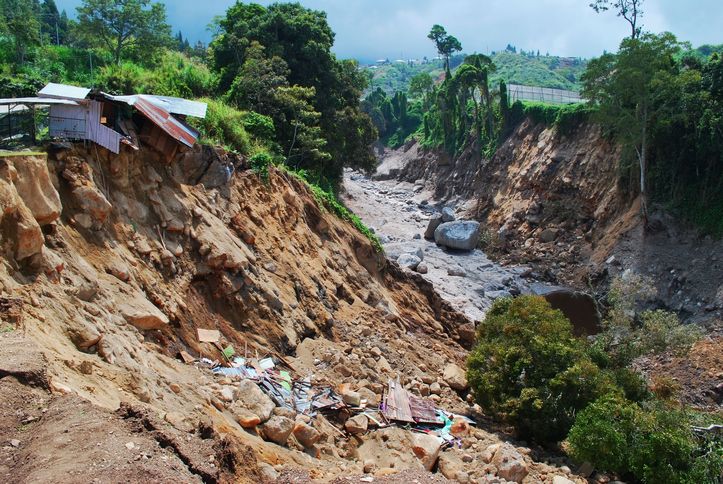



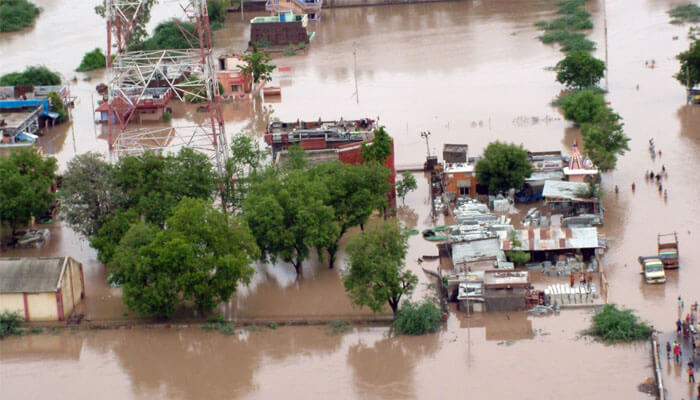



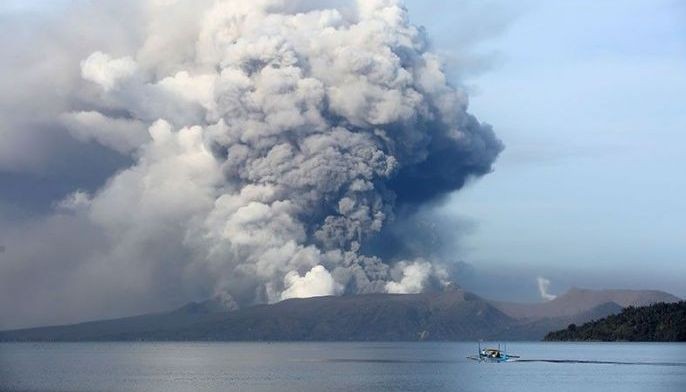



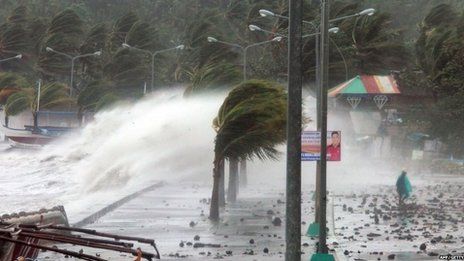

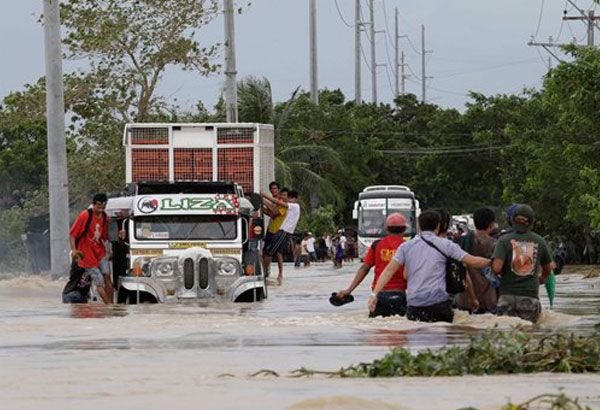
Comments